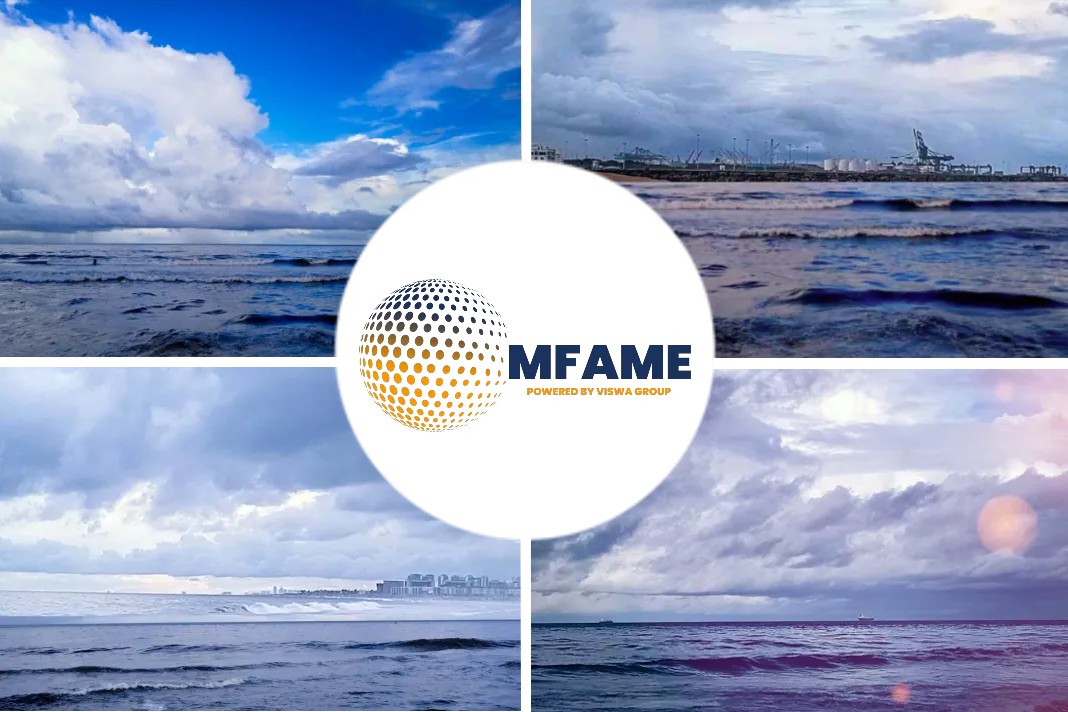- Chinese inspectors being more vigilant of sulphur cap issues and reporting even minute violations.
- More than 5 violations caught in 3 weeks and the stress is on improperly blended fuels
- The high LSFO premium is causing this while scrubber fitted vessels are doing well
According to a Lloyd’s List report, China’s inspectors appear hardworking and keen to showcase their efforts on clamping down on sulphur cap violations while few cases have been reported elsewhere
China Reporting Violations Heavily
- THREE weeks since the implementation of the International Maritime Organization’s sulphur cap, five violations have been reported in China.
- They were announced by maritime authorities at the ports of Qingdao, Dalian and Ningbo, with the two latest from Xiamen and Weihai.
Inspectors Catching Small Violations?
The Chinese inspectors are obviously very diligent and appear keen to showcase their efforts, as few infringements have been noted elsewhere.
One common feature in these found cases is a rather small excess sulphur content, ranging from 0.546% to 0.68%, suggesting none of the involved the vessels were using high-sulphur fuel oil at the time.
Improper Blending Fuels Highlighted
Causes were said by officials to have been an improper blending of the fuels or an incomplete switch to compliant fuels. The Xiamen Maritime Safety Administration offered the most detailed explanation in its case detected on January 3.
It said the ship caught had switched to very low sulphur fuel from December 27, 2019 but had been largely out of service since then while some HSFO residuals remained stuck in the pipe. That led to a resulting 0.68% sulphur content.
But overall, the limited reports about violations shows the transition to IMO 2020 is smoother than expected, at least from the vessel compliance perspective.
Higher VLSFO Premium
What has drawn more attention and also gone beyond expectation is the high premium price of VLSFO.
- The average price at top global ports stood at $651.50 per tonne, at last count by Ship & Bunker, compared to $369 of HSFO IFO 380.
- The huge extra bunker costs have apparently caused a spasm of cash crunch to some ship operators with less deep pockets, highlighted by the recent payment issues encountered by Singapore-based box shipping carrier Pacific International Lines.
- As the time goes by more VLSFO production will come online. That can help to reduce the spread while the tax rebate reportedly approved by Beijing for local refineries will facilitate that trend.
- The new tax regime is expected to boost China’s VLSFO output and slash its imports of bunker fuels that have been the primary source of supply at Chinese ports for ocean-going vessels.
Scrubber Benefits
- At the same time, vessels that have fitted exhaust gas scrubbers are reaping the benefits of better earnings.
- Cleaves Securities earlier put rates for a scrubber-fitted very large crude carrier at $117,000 per day versus $101,000 per day of a non-scrubber sister ship, before the average market slumped this week.
- Fearnleys noted in a report this week that a scrubber-fitted capesize dry bulker presently earned an extra of $8,000-$10,000 per day against a non-scrubber one.
Scrubber Headaches
But not everything is on the bright side.
While the environmental concerns over scrubbers have been widely debated, the use of the equipment is also burdened with many “maintenance costs” that don’t get mentioned often, according to industry sources.
Scrubber components need to sustain corrosive products at high temperature, with the wear and tear requiring great monitoring, according to Milutin Gojkovic, a liner shipping and bunker expert who previously worked for a major European carrier.
Additional electric power is also needed to run the system, which consists of pumps, separators, dosing units, control processors and sensors among other devices, Capt Gojkovic added.
“Some scrubber units may produce back pressure,” he said. “So the engine needs to use more power to overcome it.”
Overrun of installation costs is another headache, as yard slots have become increasingly tight.
One shipping executive whose company completed a scrubber retrofit on one of its capesize dry bulkers in November said the final cost charged by the shipyard in China was about 30% higher than the quoted price, with the job finished three-four days later than scheduled.
“The situation is much worse now [compared to two months ago],” the person said.
Overspending on Refineries
It remained too early to estimate the exact overspending on the onboard refineries, but the costs are “more than expected and still unpredictable,” Capt Gojkovic argued.
Bottom Line
Nevertheless, all vessels fitted with open-loop scrubbers must change to burning VLSFO when entering the waters of an increasing number of jurisdictions that have banned the discharge of the equipment’s wash water.
Be careful not to mishandle the fuel switch and exceed the 0.5% sulphur limit, especially in China. The inspectors there are not be messed with.
Did you subscribe to our daily newsletter?
It’s Free! Click here to Subscribe!
Source: Lloyd’s List

















